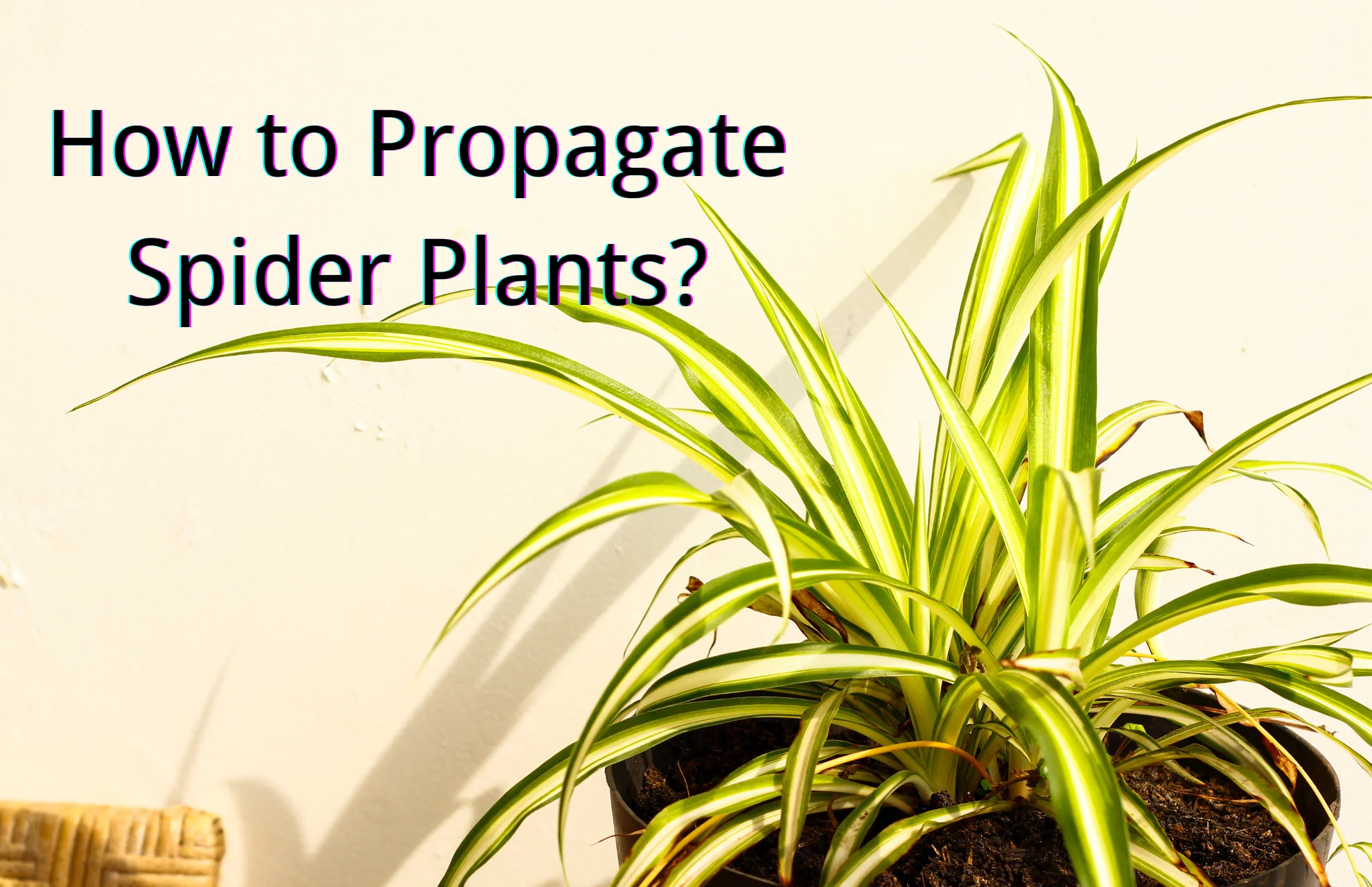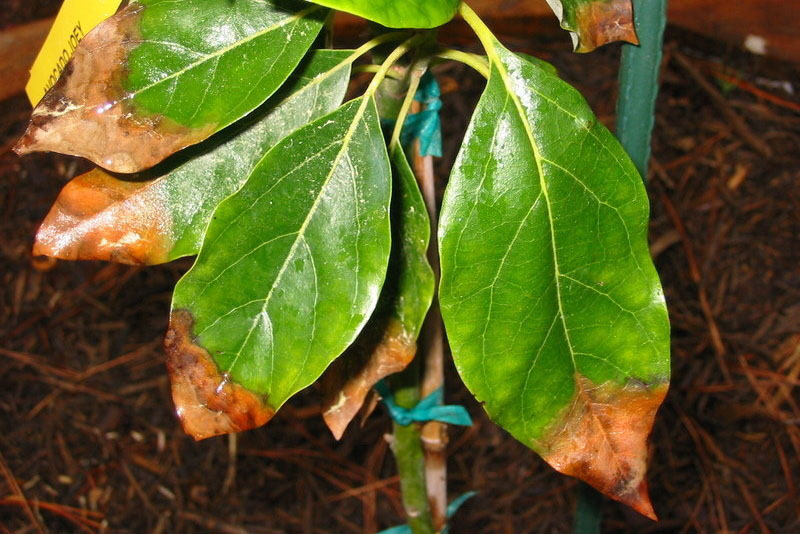Rooting spider plantlets is a simple process that even young children or novice gardeners can master. Continue reading to discover more about how to multiply your spider plants.
Spider plants are prized for their lovely green or variegated foliage, potential air-purifying properties, and low maintenance requirements. They only need well-drained soil, indirect light, and moderate watering to thrive and produce “runners” and baby plantlets called spiderettes. It’s easy to learn how to propagate spider plants, and only a few materials are needed.
There are several methods for growing spider plants, and they are all very simple. Find out everything there is to know about growing spider plants in water or soil or by using the tiny spiderettes.
How to Propagate Spider Plants?
The most popular way of propagating spider plants is by producing offspring, and there are a few different ways to do it. Even though they are still connected to the mother plant, you can root them in the soil. Or you can cut them off and either root them in water or plant your spider plantlets in soil.
Propagating With Spiderettes
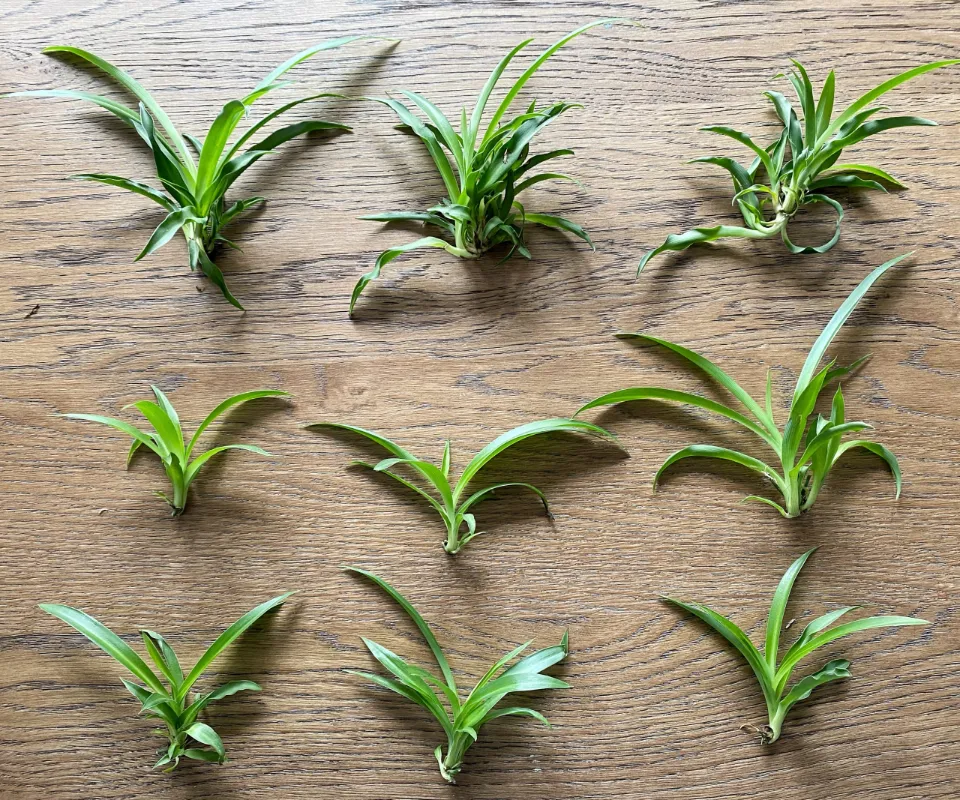
Spider plant plantlets, also known as spiderettes, babies, or pups, appear at the end of the mother plant’s long offshoots. Keep the spiderettes attached to the mother plant until they have at least five leaves that are 5 cm long or longer if you want to make sure they can survive on their own.
There are two possible times to cut off spiderettes:
- Before planting, cut the spiderette so that it still has about 2 to 3 cm of the stem attached. After removing the plantlets, cut the remaining flower stem away from the mother plant completely.
- Spiderettes can also be planted while still attached to the mother plant, and once they have established roots in their own soil, you can cut them off. The benefit of this approach is that until you separate the mother plant and the plantlet, the mother plant will continue to provide the plantlet with nutrients. Cut the stem connecting the spiderette to the mother plant once it has taken root in its own pot. When spider plants are propagated in this way, they frequently grow faster.
Directly plant the plantlets in a tiny pot of soil if they have roots already. Remember that the roots still need to develop useful root hairs because they are not yet fully developed. The coconut fibers in this compost increase the soil’s water storage capacity which helps baby spider plants to grow.
A spiderette with roots prefers temperatures around 20°C and lots of light. If no roots have formed yet, leave the spiderette connected to the mother plant for the time being and plant it in a small pot while it is still attached.
You can also grow spider plants in water as an alternative. Simply place the spiderettes in a glass of water and move them to the soil once the roots have grown. Cuttings without roots can also be potted. These will start to take root in about ten days if kept at around 15°C and in some shade. Maintain a moist environment for the soil and mist the plant occasionally.
Propagating in Soil

Your spider plant can also be multiplied in soil, and this method will yield the healthiest beginnings. Baby plants rooted in this way have less risk of dying from transplant shock than those that are rooted in water. The length of time involved is the only drawback.
Below are a few tips for rooting spider plants in soil:
- Keep the humidity high to encourage the spiderettes to root more quickly by using a propagation chamber or tenting the plantlet and soil with a plastic bag.
- It really helps to speed things up to keep the soil warm by placing the container on top of a heat mat.
- Use only lightweight soil; do not use regular potting soil. Instead, use a light mix of vermiculite, peat moss (or coco coir), and perlite or pumice.
- If you try this method, dipping the bottom nubs in rooting hormone will help the baby sprout roots faster.
Propagating in Water
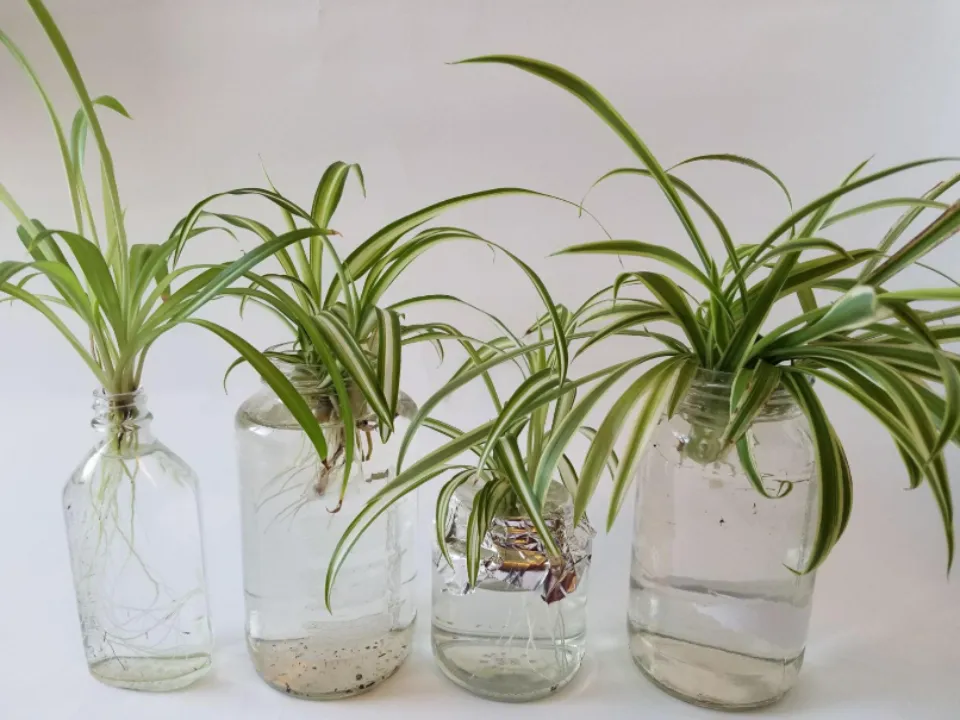
This spider plant propagation technique involves placing a pot next to the mother and planting the baby’s starter roots while they are still attached to the stem. The benefit of rooting Chlorophytum comosum plantlets while they’re still attached to the mother plant is that you don’t have to worry about transplant shock.
However, it may be a little more challenging because spiderettes that are still connected to the mother may not always root as quickly as those that have been separated. Here are a few tips:
- You could try a light and fluffy rooting mixture with this technique, or you could use regular potting soil.
- To encourage them to take root more quickly, I advise dipping the bottom nubs in rooting hormone first.
- The babies of your spider plant can be planted in your garden during the summer simply by placing them on top of the soil; frequently, they will begin to root on their own.
Spider Plant Care & Propagation Tips
- Although the spring and summer growing seasons are the best times to propagate spider plants, this plant is so simple to grow that it can be propagated at any time of the year.
- Growing spider plants from seed, dividing them, or cutting spiderettes and re-rooting them in water, soil, or through their stolon are the only ways to produce new spider plants. Spider plants cannot be grown from leaf cuttings.
- These warm-weather perennials thrive in warm, humid environments when grown indoors; they cannot withstand temperatures below 50 degrees Fahrenheit.
- Water them at least once a week, less frequently in the late fall and winter months. They prefer moist but not soggy soil.
- The best soil for this plant is loamy, well-draining soil, though it can grow in a variety of soil types.
- Every month from spring to fall, fertilizer should be applied.
- Once the roots of your plant have outgrown the container, repot it as necessary.
- Spider plants prefer bright indirect light or light shade.
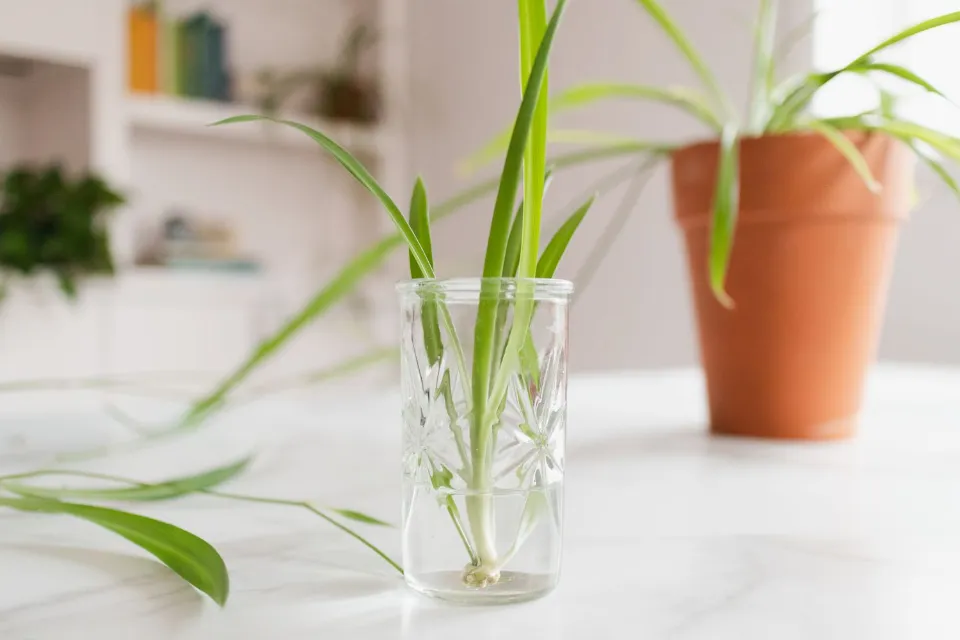
Start several spider plant babies in the same pot if you want a thick, bushy plant. In a similar vein, if your adult spider plant isn’t as full as you’d like, plant a few spiderettes next to the mother plant.
Read More:
- Are Spider Plants Toxic to Cats, Dogs or Other Pets?
- Brown Tips On Spider Plants: Reasons & Solutions
How Long Does It Take Spider Plant Babies to Grow Roots?
Roots may start to form in as little as 2-3 days for baby spider plants, which have a very rapid root growth rate. However, it will take 2-4 weeks for them to grow long enough for transplant.
Depending on the method you select and the surrounding conditions, the total time frame can be anything from a few days to a few weeks. It will take longer in cold or extremely dry conditions.
Why Isn’t My Spider Plant Rooting?
Your spider plant offspring won’t root for a few reasons. They either weren’t mature enough, they dried out, they were too wet and rotted, or the environment is too cold.
Use only mature spiderlings that are developing their own roots, and keep them warm. Make sure the soil is consistently moist at all times and that the water is only deep enough to cover the root nubs and not the leaves. Never allow the roots to dry out.
How to Transplant Spider Plant Babies?
Wait until they have 2-3″ long roots before transplanting your spider plant babies into a container with fresh soil. Give it plenty of water and let the extra run off the bottom. When the seedlings have settled into their new pot, keep them evenly moist but avoid overwatering.
They might droop over the next few days, but they should reappear in a week. Spiderettes that were grown in water will recover from transplanting more slowly than those that were rooted in soil.
Conclusion: Propagate Spider Plants
As you can see, there are several ways to propagate spider plants, all of which are fairly simple. It’s better to propagate spider plants in soil rather than water because the roots will be stronger, and there’s less risk of transplant shock.
Spider plants are simple to grow and are a great place to start if you’re just starting out. Your home will soon be filled with a large number of newborns that you can also share with your friends and family (they also make wonderful gifts).
FAQs
Can I Grow a Spider Plant from a Cutting?
The only ways to produce new spider plants are from seed, division, or cutting spiderettes and re-rooting them in water, soil, or through their stolon. You can’t grow spider plants from leaf cuttings.
Should I Cut the Babies Off My Spider Plant?
Spider plants can be kept at a more desirable and manageable size and have their general health and vigor restored by pruning. The plant also needs more water and fertilizer as it expends more energy with each new baby it produces, which increases the need for both. Therefore, the spiderettes should be removed as well.
Where Do You Cut Spider Plants to Propagate?
Cut them from the long stems. The cut should be made directly above where the baby attaches, following the runner. Place the spider plant babies in a small glass or jar with a little bit of water. Only the baby plant’s prickly roots should be submerged in water.

